How to Modify Your Car for Better Performance
To modify your car for better performance costs money and time, and requires a great deal of knowledge to do yourself. Car power is determined by the amount of air and fuel burned. This wikiHow will introduce you to some of the modifications you can consider to increase your car's power, especially the amount of power the engine can deliver at low RPMs, resulting in greater acceleration ability.
Steps...
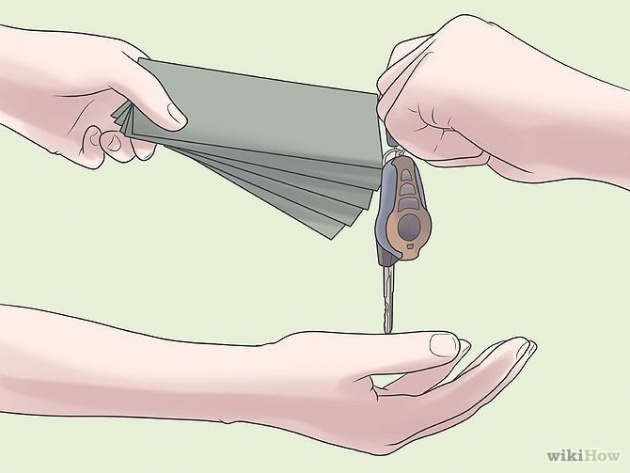
1
Determine whether to upgrade your existing car or to purchase a new car just to make into a "sleeper" (a car that is powerful under the hood but looks stock):
- If you are planning to go N/A (natural aspiration) rather than the turbo route, your best bet is changing the bore, stroke or compression ratio,for example a Nissan skyline GT-S R33 has a compression ratio of about 9.5 to 1, the 9.5 represents the air/fuel mixture in the cylinder before compression, the 1 represents what it's being compressed to, so in this case raising it to 10.5 to 1 would give a nice increase of power over the low end of the RPM band.
- If you go with a turbo you don't need a very high compression ratio because you already have forced induction. But be wary of changes of more than 2.5 over factory settings, too high compression ratio could send your spark plugs through the hood. (Not literally but you get the point.) You could use a small car with a large engine installed. For example a Ford Mustang V8 forced into the body of a little Ford Focus. Keep in mind that a heavier engine will likely change the front-rear weight ratio. This change could significantly affect handling, traction and braking.
- Consider a common conversion like a Chevy LS-1 and Ford 302 (5.0L) powered Mazda Miata. It’s a pretty easy swap and pretty cheap too for the performance these motors can be made to deliver.

2
Do some basic research on your car to determine what kinds of upgrades are possible and how much they may cost both in time and money.

3
Determine if you can do the work yourself or need to hire a professional. You won't be paying the full price of a Benz, Corvette, or Beamer (BMW) but you will be paying. Expect to pay upwards of up to $3,000 for an h22 motor swap to an Accord chassis, possibly more if you're not using the 4th gen. due to mounting issues and other complications.
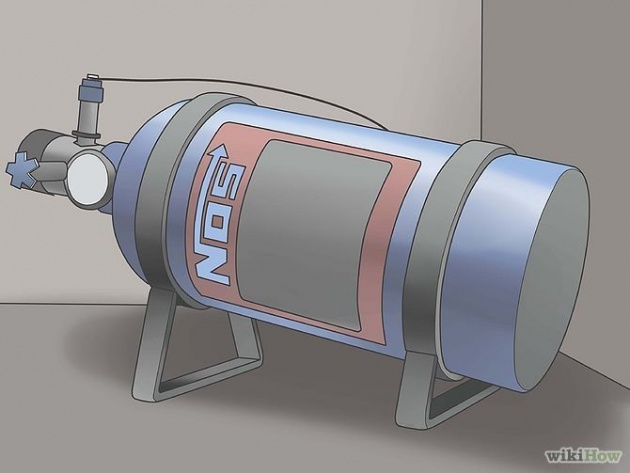
4
Choose to:
- Install a turbo kit.
- Go with N/A (natural aspiration), install a small bottle of nitrous (before installing nitrous oxide in a used car, get a compression test) and upgrade the transmission but also be sure to install forged pistons, it is not a must but it will help to stop internal damage. More than likely, keeping a car naturally aspirated will cost a lot more than a turbo set-up; however, this makes for the best kind of sleeper.

5
Purchase tools and parts. You will need many tools and parts including but not limited to:
- Plumbing
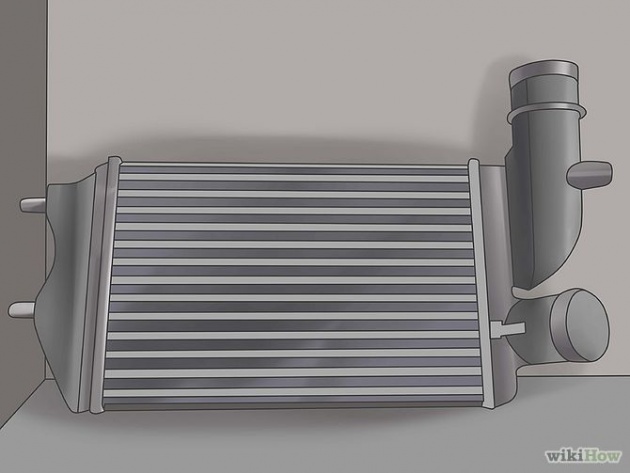
-
- An inter-cooler
- An oil return line for lubricating the turbo.
- Possibly a better intake manifold.
- A boost gauge
- A turbo management system. And even after all that, there will likely be more.

6
Install a cold air intake and an after-market exhaust. The reason for this is if you want power, you need to be able to move more air than the stock system will allow.
- The intake option may be removed in favor of an inter-cooler set-up once you've decided to go turbo as opposed to N/A route. If you would rather stay N/A but can't afford the amount of fabrication needed to drop a V8 in your import, there are other options such as port and polishing your intake manifold, installing performance cams with overlapping grinds and the use of high compression pistons just to name a few.
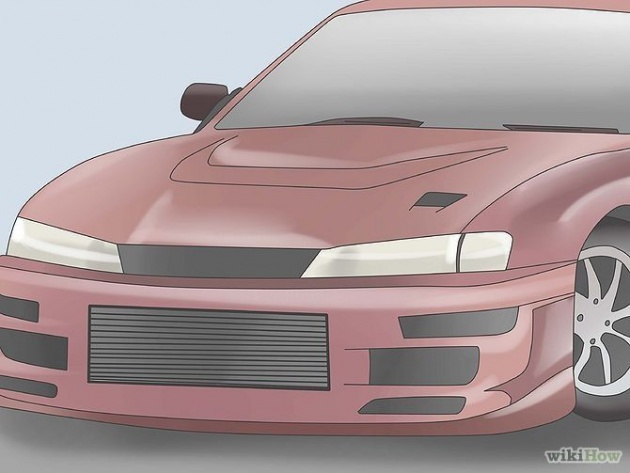


7
Research options for chipping (reprogramming) your current ECU (Engine Control Unit) or replacing it with a good one that can be chipped. Look for these features in an ECU:
- Make sure you can log data.
-
- You want the ability to program your own fuel maps
- Include a sophisticated dyno (engine diagnostic tool for measuring performance including horsepower). The current dyno attached to your ECU probably will not be adequate for measuring your performance after modifications you make to turbo-charge your car.
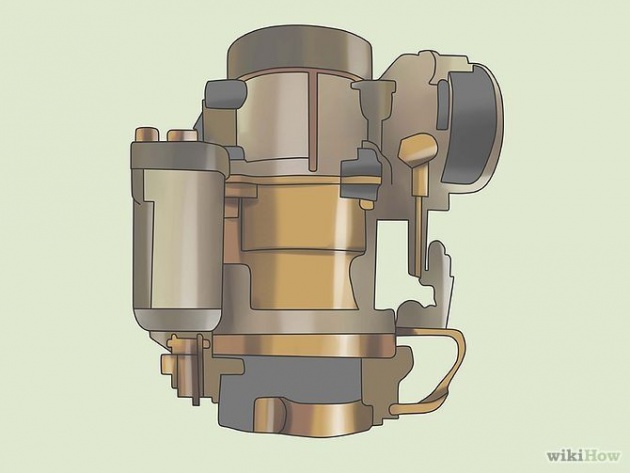
-
8Understand that this kind of tuning may not be applied to a carbureted engine (static fuel map), however, carburetors have the higher torque potential. If this is a N/A track application, consider four independent motorcycle carburetors per cylinder. This should specifically be restricted to the track as this kind of set-up creates a nasty amount of power.

-
9Upgrade your tires to make sure this new power can make it to the ground without unnecessary wheel spin and over/under or torque steer. You will most likely need:
- Sticky tires that will last at least 1,000 miles (1,600 km).

-
- New bushings for your control arms.
- New ball joints
- Stiffer shocks with shorter coils.
- Sticky tires that will last at least 1,000 miles (1,600 km).



